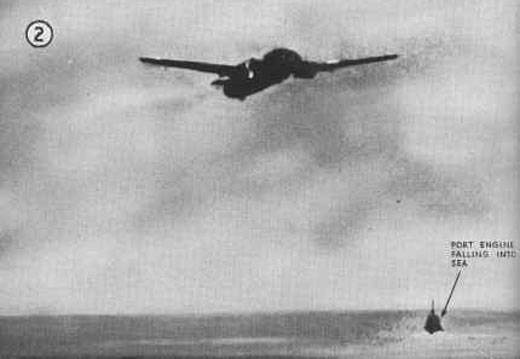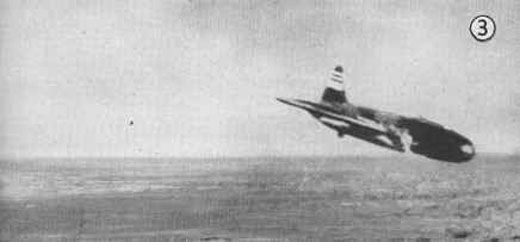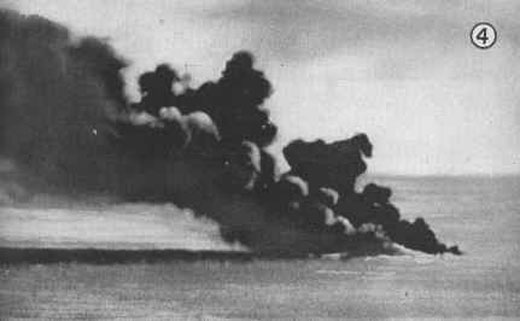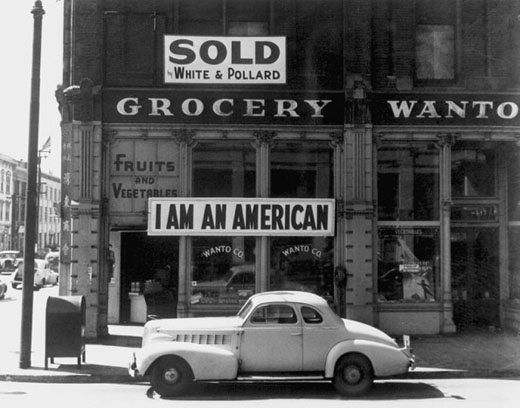Air Operations, CBI 3rd AVG Fighter Squadron P-40s destroy 3 Japanese army bombers, 2 transport planes and 11 fighters on the ground during an attack on an airfield near Moulmein, Burma at 0755 hours.
[  | |   ] ]
Air Operations, Europe
BOMBER COMMAND
5 Wellingtons are dispatched to Essen but return because of the lack of cloud cover.
[  | |   ] ]
Air Operations, Pacific
Japanese Attack on a US Naval Force
|
 |
|
The Aircraft Immediately Went into a Steep Dive
|
 |
|
It Crashes into the Sea in Flames
|
 |
|
The Crew of Three Perishes
|
 |
|
On 18 March the U.S. Navy Department gave details of successes obtained by American and Australian airmen in operations against the Japanese forces invading New Guinea. These included the sinking of two heavy cruisers, damage to three light cruisers, five transports gutted by fire and beached as well as damage to other miscellaneous craft. In all twenty-three enemy ships were sunk or damaged for the loss of one Allied aircraft. On the 19th considerable Japanese forces in New Guinea were seen advancing across the island in a south-westerly direction, but attacks by U.S. bombers on Lae and on Rabaul, where a heavy cruiser was sunk, so interfered with the enemy's plans that he was obliged, at least temporarily, to call a halt. Tokio admitted that at Rabaul alone they had sustained 7,000 casualties.
[  | |   ] ]
Battle of the Atlantic - The US tanker E. M. Clark (9647t) is torpedoed and sunk by U-124 about 22 miles southwest of Diamond Shoals, North Carolina. Survivors are rescued by the Venezuelan tanker Catatumbo and the US destroyer Dickerson (DD-157). U-124 then torpedoes the unarmed US tanker Papoose (3636t) about 15 miles south of Cape Lookout, North Carolina.
- The unarmed US tanker W. E. Hutton (7076t) is torpedoed and sunk by U-332 about 20 miles southeast of Cape Lookout, North Carolina with the loss of 13 of the ship's 36-man crew.
[  | |   ] ]
Britain, Home Front Adm Louis Lord Mountbatten is appointed Chief of Combined Operations.
[  | |   ] ]
New Hebrides American infantry and engineers (2 companies of the 182nd Infantry and an engineer company of the Americal Division) arrive on Efate to build an airfield.
[  ] ]
Forced Closure of Japanese-American Enterprises
|
 |
|




